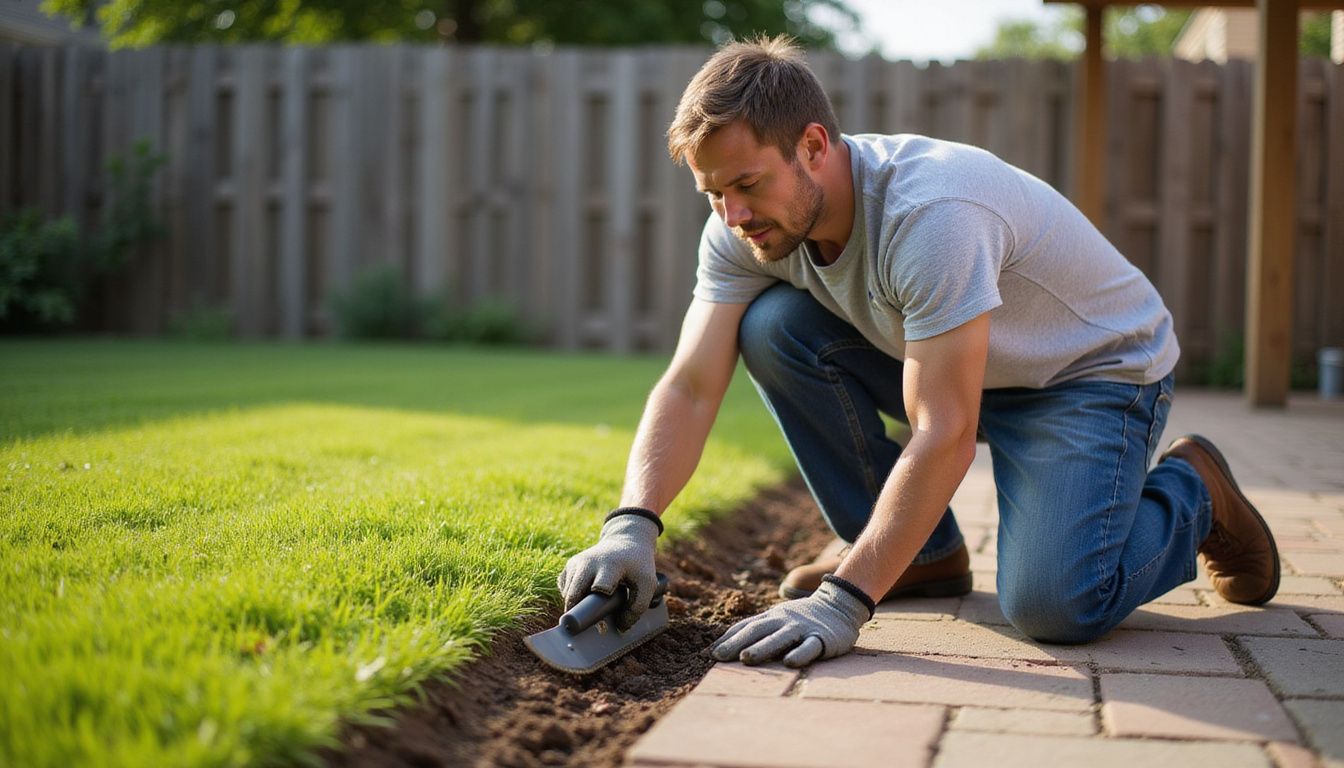Are you wondering what to use between pool coping and concrete on your inground pool? It’s a common concern for many pool owners. This gap, if not properly sealed, can lead to issues down the line, making it essential to choose the right sealant.
Our guide will explore options like pool mastic, silicone sealants, and more to keep your pool deck in top shape. Discover how easy it can be!
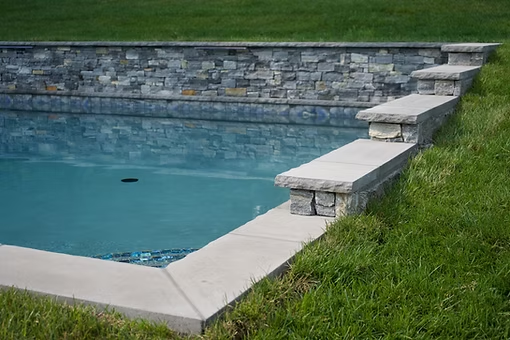
What Goes Between Pool Coping and Concrete?
The gap between pool coping and concrete plays a crucial role in preventing structural issues. Expansion joints are essential for accommodating the movement of concrete caused by temperature changes, helping to avoid cracks and damage.
Understanding the importance of the gap
Filling the gap between pool coping and concrete is crucial for maintaining both the structural integrity and aesthetic appeal of a pool area. The choice of material, such as polyurethane concrete crack repair, grout, rubber/elastic materials, or mastic joint, plays a significant role due to its elasticity and durability.
These materials prevent water from seeping under the pool decking which can lead to costly repairs if ignored. Pool coping installed on the bond beam conceals concrete edges and any steel projecting from the pool’s walls, highlighting the need for proper gap sealers.
Ensuring this space is properly sealed with suitable expansion joint fillers like pool silicone sealant or mastic also helps in accommodating movements due to temperature changes or settling.
Polyurethane products provide an excellent option here because they combine flexibility needed to cope with movement while offering durability against harsh environmental conditions.
Sealants must be chosen carefully considering factors such as weather resistance and long-term performance to keep your swimming area safe and visually appealing year after year. With these considerations in mind, let’s explore further into the roles expansion joints play in maintaining this delicate balance.
The role of expansion joints
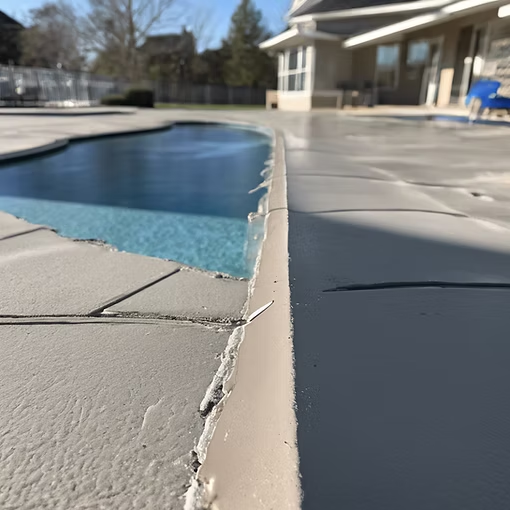
An expansion joint is a critical element between pool coping and concrete. It allows for the natural movement of the pool structure due to factors such as temperature changes, ground settling, and seismic activity.
The flexible material used in this joint, such as polyurethane concrete crack repair or mastic joint, accommodates these movements without compromising the structural integrity of the pool area.
By preventing stress on the pool deck and coping stones, the expansion joint ensures long-term durability and aesthetic appeal. Properly maintaining and sealing this gap every five years with suitable materials like epoxy sealants or pool silicone sealant is essential for preserving the functionality and appearance of the pool’s surroundings.
Potential issues without proper sealing
Improper sealing between pool coping and concrete can lead to significant problems. Without adequate protection, water can seep through the gap, causing erosion of the concrete and potential damage to the pool’s structure.
The absence of proper sealing also increases the risk of water stagnation, which can breed algae and mold, compromising the area’s aesthetics and cleanliness.
Furthermore, without adequate sealing, there is a heightened chance of cracks developing in the concrete as it expands and contracts due to temperature changes. These issues can result in costly repairs and maintenance over time.
Properly chosen sealants or materials such as polyurethane concrete crack repair are essential for safeguarding against these detrimental effects.
Options for Sealing the Gap
Sealing the gap between pool coping and concrete is essential to prevent water damage and maintain the structural integrity of your pool. Different options for sealing this area include using pool silicone sealant, pool mastic, epoxy sealants, as well as other alternatives commonly used for filling expansion joints in pools and decks.
Pool silicone sealant
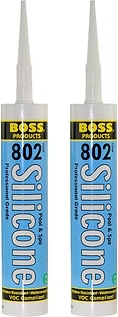
Pool silicone sealant is a popular choice for sealing the gap between pool coping and concrete. It provides excellent flexibility to accommodate the pool’s movement, ensuring long-term performance.
This type of sealant is highly weather-resistant, making it suitable for outdoor applications. Pool silicone sealant also offers ease of application and can withstand environmental conditions, contributing to the structural integrity and aesthetic appeal of the pool area.
When selecting a material for sealing between pool coping and concrete, polyurethane concrete crack repair stands out as an ideal option due to its elasticity and durability. The mastic joint between swimming pool concrete decking and the pool coping/bond beam plays a crucial role in maintaining the pool’s overall structure.
Additionally, proper filling in this space helps prevent potential issues that may arise without adequate sealing.
Pool mastic
Pool mastic, a flexible sealant, is an ideal material to bridge the gap between pool coping and concrete due to its ability to accommodate movement and environmental conditions. This elastic product protects against water infiltration and structural damage by creating a durable barrier that allows for expansion and contraction.
A polyurethane-based pool mastic offers excellent elasticity and durability, making it suitable for use in both residential and commercial pools. With proper application, this material not only seals the joint effectively but also enhances the aesthetic appeal of the pool area.
Properly filling in the space between pool coping and concrete with high-quality pool mastic ensures the structural integrity of the pool while providing resistance to weather conditions.
The flexibility of mastic accommodates any movement in the pool structure, safeguarding it from potential issues such as cracking or shifting over time. Additionally, using pool mastic helps maintain a clean finish while preventing water from seeping into undesired areas around your swimming pool deck.
Epoxy sealants
Epoxy sealants are a popular choice for sealing the gap between pool coping and concrete due to their exceptional durability and strength. These sealants provide excellent resistance against harsh environmental conditions, ensuring long-term performance.
Epoxy sealants offer superior adhesion to both concrete and coping materials, providing a reliable barrier against moisture and preventing potential damage from water infiltration.
Their flexibility allows them to accommodate the natural movement of the pool area while maintaining a strong bond between the coping and concrete surfaces.
When choosing an epoxy sealant, it is crucial to consider its weather resistance properties and ease of application, ensuring it can withstand the ever-changing outdoor conditions.
The resilience of epoxy sealants makes them an ideal choice for enhancing the structural integrity and aesthetic appeal of the pool area while minimizing maintenance requirements over time.
Additionally, individuals should consider polyurethane concrete crack repair as another effective option offering elasticity suitable for withstanding pool movement over time.
Inground pools’ expansion joints should be meticulously caulked every five years to maintain structural stability under varying weather conditions.
Conclusion
Sealing the gap between pool coping and concrete is essential for maintaining the structural integrity and aesthetic appeal of your pool area. The right sealant prevents water damage, erosion, and potential cracks, ensuring long-term durability. Options like pool silicone sealant, pool mastic, and epoxy sealants offer flexibility, weather resistance, and strong adhesion, making them ideal for this purpose.
Choosing the appropriate material, such as polyurethane concrete crack repair or pool mastic, ensures that the expansion joint accommodates movement and environmental changes effectively. Regular maintenance, including checking and replacing damaged caulking, helps keep the area watertight and in excellent condition.
By carefully selecting and applying the right sealant, you can enhance the longevity and beauty of your pool area, making it a safe and enjoyable space for years to come.
At Vintage Cast, we manufacture the highest quality precast concrete pool coping, designed to complement and enhance any pool design. Our product, Kope provides the durability and aesthetic appeal you need to keep your pool area looking its best. Trust Vintage Cast for superior pool coping solutions that stand the test of time.
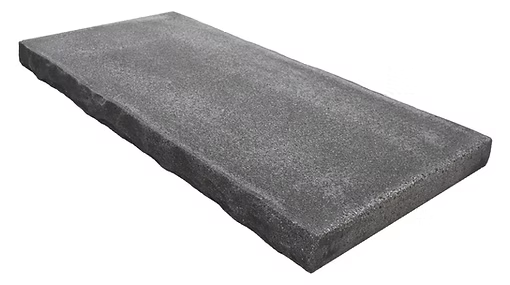
FAQs
1. What should I use between pool coping and concrete deck?
You should use caulking specifically designed for pools, known as pool caulking, to fill the gap between your pool coping and the concrete deck. This helps prevent water damage.
2. Can I use any type of stone for my pool coping?
Yes, you can use various types of stones like flagstone or precast stones for your pool coping. These materials are durable and can enhance the look of your pool area.
3. Is it necessary to seal the concrete around my swimming pool?
Absolutely! Applying a concrete sealant around your swimming pool’s concrete areas protects them from water damage, stains, and cracks.
4. How do I maintain the area between my pool coping and concrete?
Regular maintenance includes checking and replacing damaged caulking with new pool caulking to keep this area watertight and in good condition.

Recent Posts
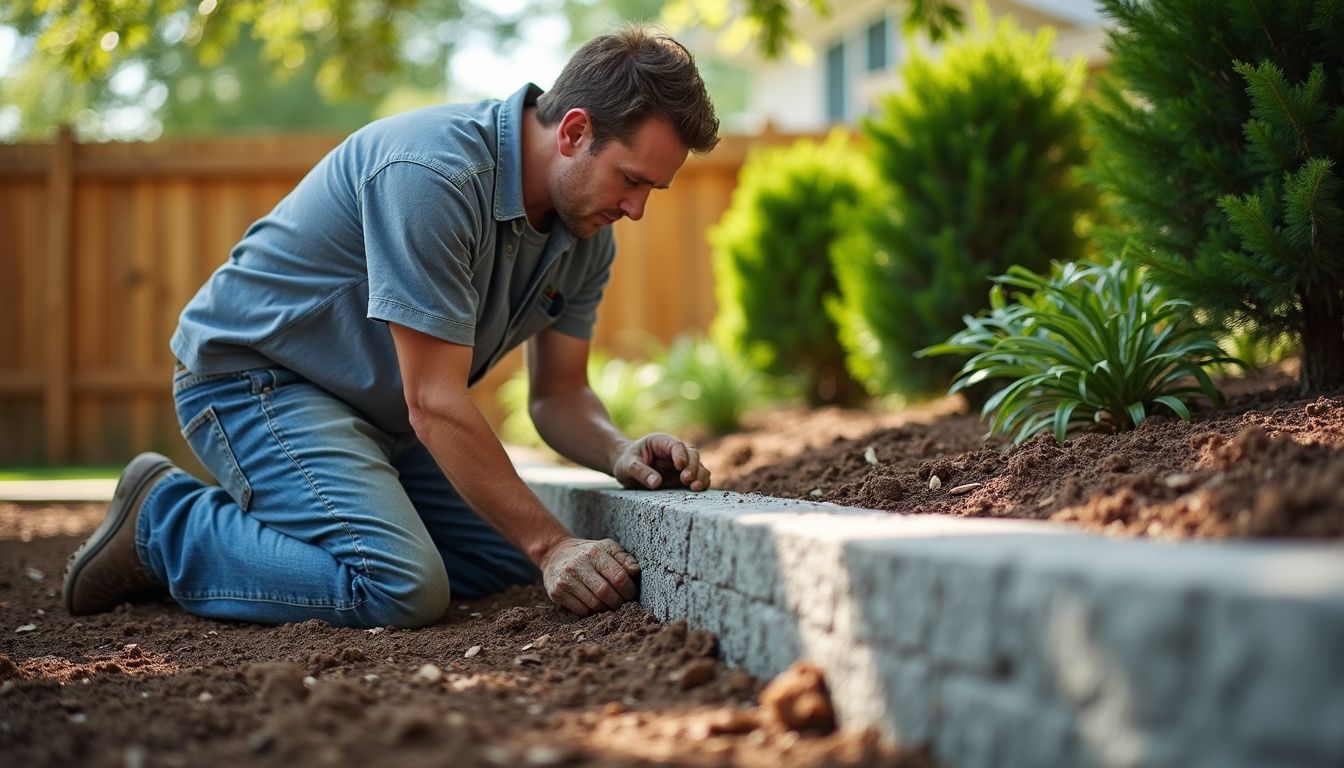
Why Landscaping Pros Prefer Precast Concrete Over Poured-in-Place
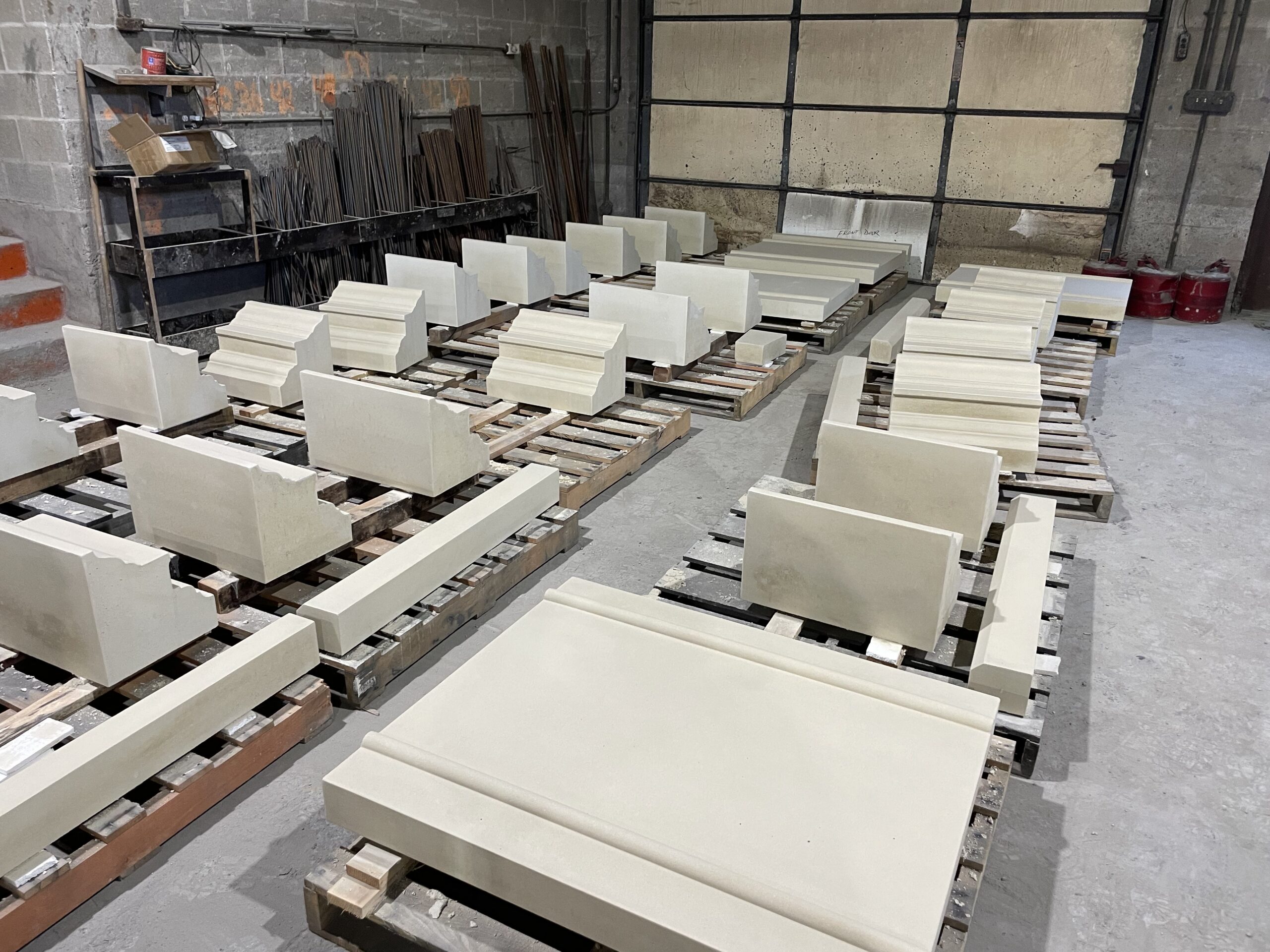
Why & How is Precast Concrete Prestressed?
